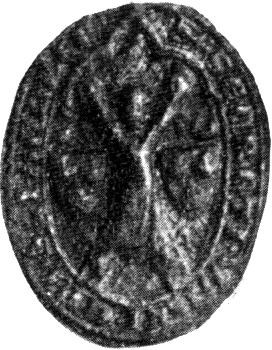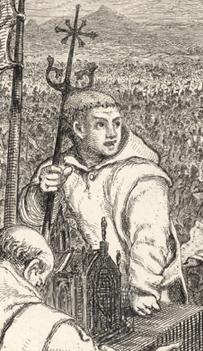Every year hundreds of antiques are discovered in Scotland, and those considered worth preserving for the nation are gathered by a body known as the Treasure Trove.
The Treasure Trove secures important objects from Scotland’s past, and ensures they are preserved in museums for the benefit of the public.
A medieval seal matrix, the device for creating a wax seal, which belonged to an important figure in the wars for Scottish independence, is in amongst the highlights of this year’s treasure trove.

Further discoveries consist of a 17th-century toy rattle, found in Pitlockry, a Roman wine cup handle was found at Castle Douglas, and a medieval brooch, discovered in Cullen. Also found was a 17th-century button proclaiming allegiance to William of Orange discovered at Dalreoch, in West Dunbartonshire.
The object is amongst the archaeological findings that were reported to the Queen’s and Lord Treasurers Remembrance (QLTR), and distributed to museums around Scotland. The seal matrix belonged to William de Lamberton, Bishop of St Andrews from the years of 1297 to 1328.
It was discovered in Boarhills, Fife, and has been given to the Fife Cultural Trust. The Bishop fought for Scottish independence alongside William Wallace, and Robert the Bruce, and was a close friend of the latter.
Robert the Bruce is the most famed King of Scotland, identified for his tenacious attitude, and encounters with spiders.
Matrices were utilized on documents and charters; the one discovered seems to be a smaller, and simpler version of the seal of de Lamberton recognized from surviving medieval charters.

The crudely created pewter button displays the bust of King William the II of Scotland, the monarch who overthrew King James in the Glorious Revolution of the year 1688. Cheaply made, and produced in large quantities, buttons like this allowed individuals to publicly show their political allegiance.
With the political instability in that period of time, this could be very provocative, and was most likely done from a position of power, a report states.

In the year of 1306, Robert the Bruce was crowned the King of Scotland, and tried to free his people from the English foe. Subsequent to losing a battle, Bruce escaped, and hid in a cave.
While hiding at the lowest time in his life, he considered giving up. A spider kept falling while building his web, but at last succeeded. Bruce chose to retry his fight, and told his men “If at first you do not succeed, try try and try again.”
